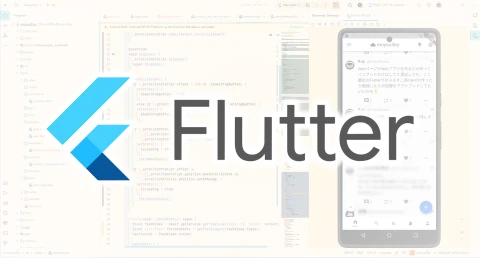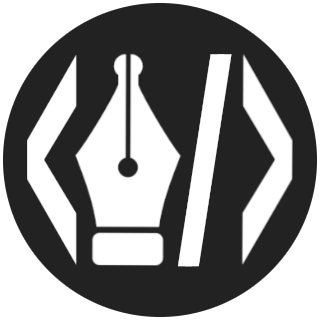Reasons for Starting to Learn Flutter and Learning Resources

Table of Contents
Introduction
I started learning Flutter from September 2023, when I wrote this article. While browsing Bluesky, a short-form posting SNS similar to X (Twitter), away from the hustle of X, I came across a post about the Skyclad app for Bluesky being released as open-source software (OSS). Below is a post from X, but a similar post is on Bluesky.
BlueskyのiOS/Android対応クライアント「Skyclad」についてソースコードを公開し、OSSにしました!!
— いぐぞー ✈️ 旅するプログラマー (@igz0) September 2, 2023
メンテが厳しいことと、より良いアプリにするために皆さまのお知恵を拝借したいからです!!
またFlutterでBlueskyクライアントを作るときの参考になればと思います🙇♂️https://t.co/9K3HgBiFtY
Skyclad is built with Flutter, but at that time, I had only vaguely heard the name Flutter and didn’t know much about the Dart language or how to handle it. When I looked into the repository, I saw installation files for iOS and Android, and also folders for linux, macos, web, and windows. I was surprised and interested that one language and framework could support such diverse platforms (cross-platform).
Myself, I mainly use Python or SQL, occasionally VBA, and for hobbies, JavaScript with Svelte. Among these, JavaScript and Electron can handle cross-platform, but when I looked at the repository, it was possible to cover from desktop to mobile, and the code logic and widgets were separated and structured for management. Even at first glance, it seemed easy to read what kind of widgets would look like. Generally, reading code is harder than writing it once you know how, but in this case, with a new language and framework, I felt a small charm and trigger that it was somewhat understandable.
Since the code exists as OSS and Bluesky is developing nicely and feels comfortable, I thought it was a good opportunity to take a step forward from the trigger to learn Flutter. With my current skill set, developing desktop apps or smartphone apps like C#, Swift, or Kotlin isn’t very suitable. However, with Flutter, I can easily create apps that work on these plus the web, and it seems suitable for making something simple cross-platform. Therefore, while learning Dart and Flutter, I decided to create a rough Bluesky client app.
Learning Resources
There are several books published on Flutter, but for learning Flutter, the official documentation and its Japanese translation are recommended. The official documentation published by Google is in English, but the text is easy to read, detailed yet concise, and comprehensive. There is also a Japanese translation of that documentation available on GitHub, so you can learn in Japanese. Even if the translation isn’t caught up, Google’s documentation uses technical writing techniques, making it not only easy to read but also easy to translate, so it’s effective to learn by translating with DeepL or ChatGPT.
In contrast to the official documentation, there are few books published, and there isn’t a universally excellent one. There are books that describe ideas for learning Firebase and extending apps with Flutter, but for the basics of Dart or Flutter, the official documentation is the most authoritative source. For what’s missing, it’s recommended to search within the official documentation or on the web, or use generative AI like ChatGPT or Bard to verify, as it’s cost-effective and easy to learn.
- Flutter Doc - Official Flutter documentation. Information is concise, comprehensive, and easy to read.
- Flutter Doc JP - Japanese translation of the official documentation. Similarly easy to read and ideal for first-time learning.
- Dart Documentation - Official Dart language documentation.
- pub.dev - bluesky.dart - Module that supports Bluesky processing for Dart and Flutter.
Future Plans
Since the development of the Bluesky client app is steadily progressing, I will gradually output the knowledge gained on this site. I will write about Dart language syntax, Flutter widget concepts, Bluesky API backend processing, and how to integrate it with UI, from basics to advanced steps. Since the official documentation is excellent for the basics, I will mainly focus on steps to shape ideas based on that basics and share knowledge.

![[Flutter] Introduction to flutter_riverpod with a Simple Bingo Game](https://pub-21c8df4785a6478092d6eb23a55a5c42.r2.dev/img/eyecatch/riverpod.webp)


![[Stock Analysis with Python] Weekly and Monthly Charts with Bollinger Bands to Understand Price Volatility](https://b.rmc-8.com/img/2025/12/01/0218c7e535f81400a91a9ad80357a034.png)
Loading comments...